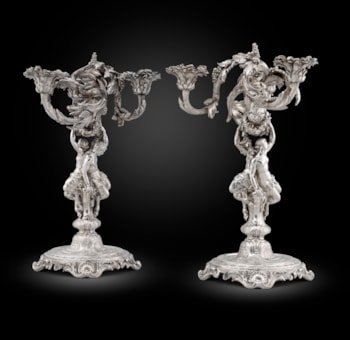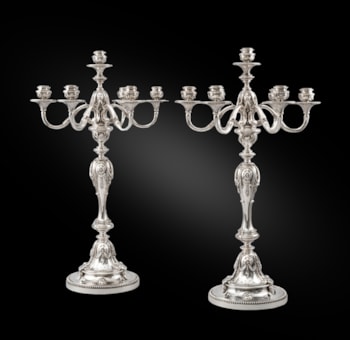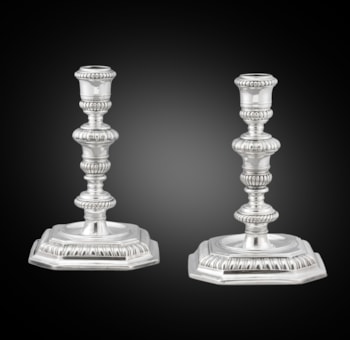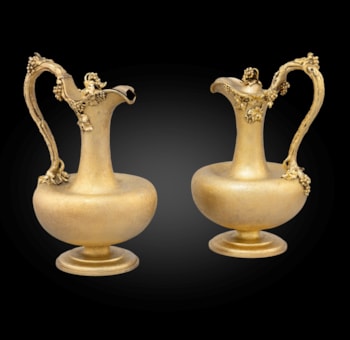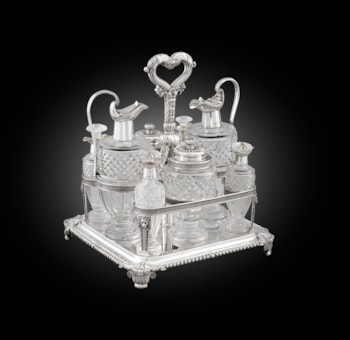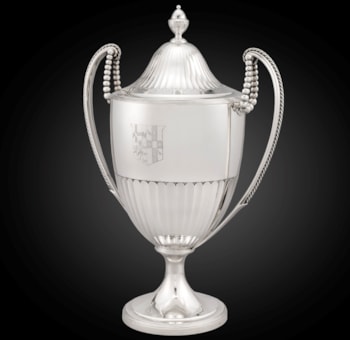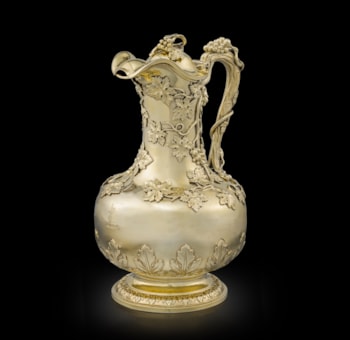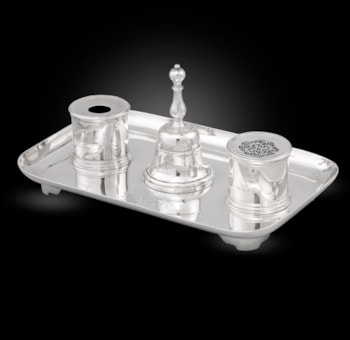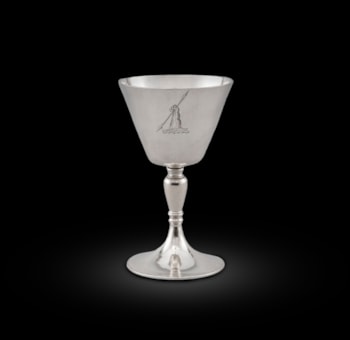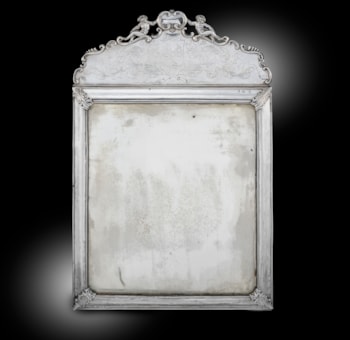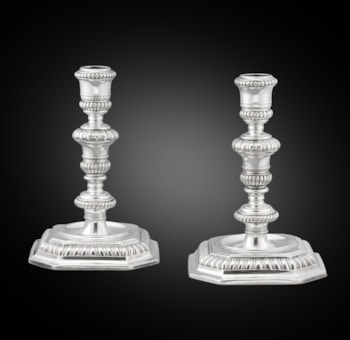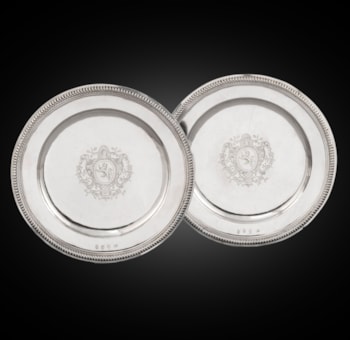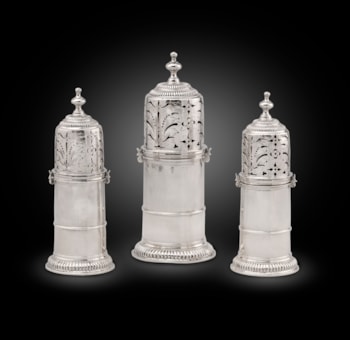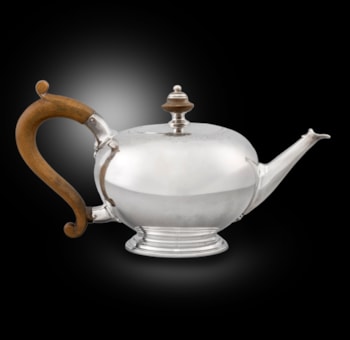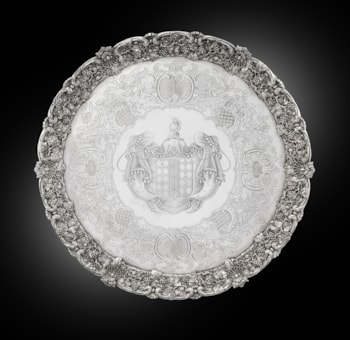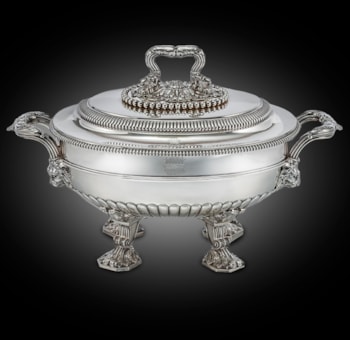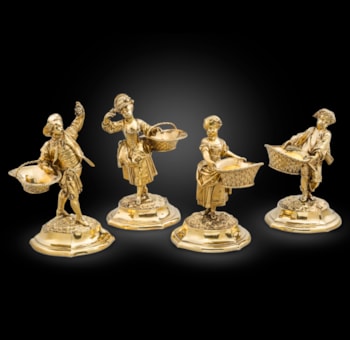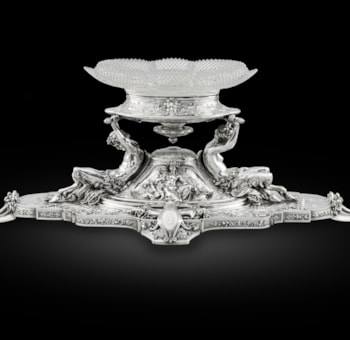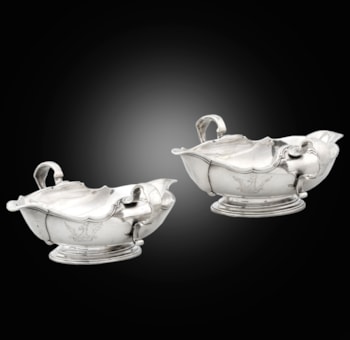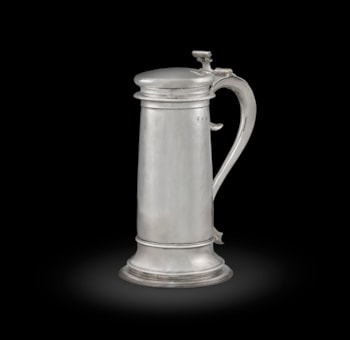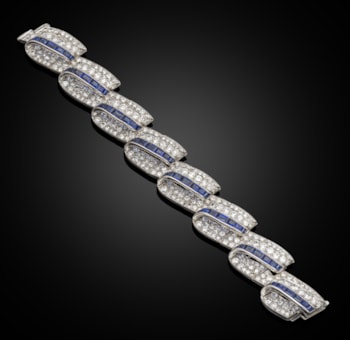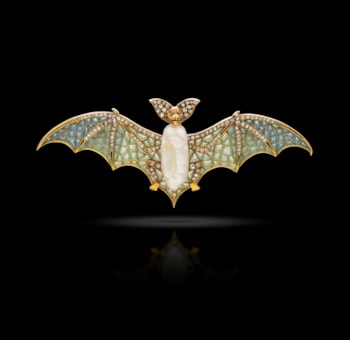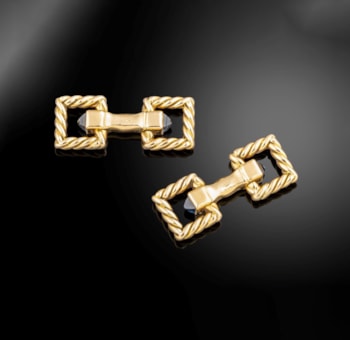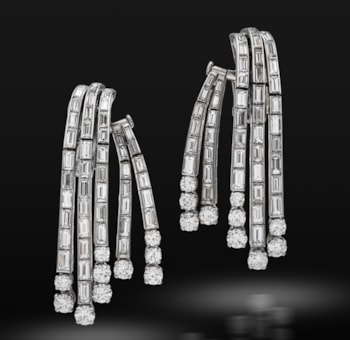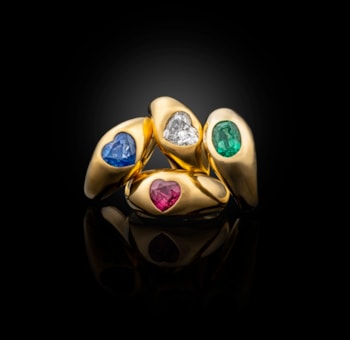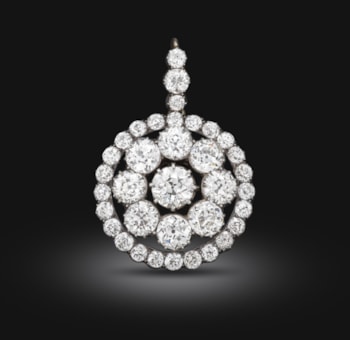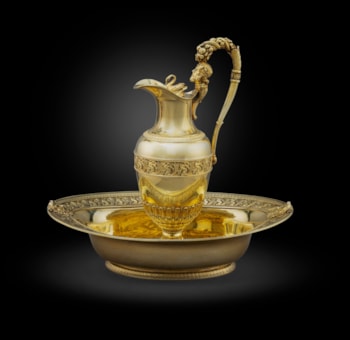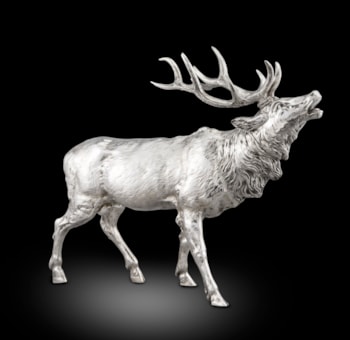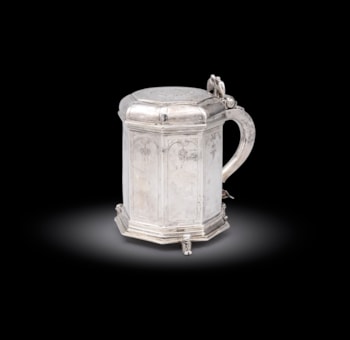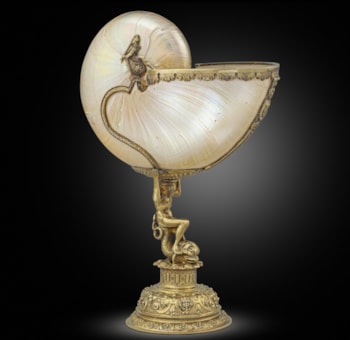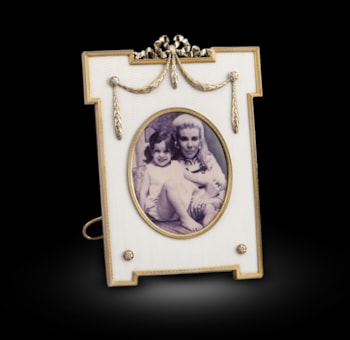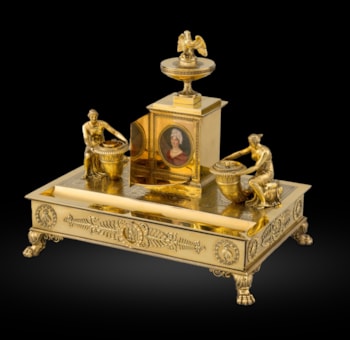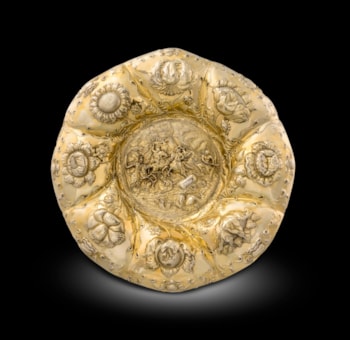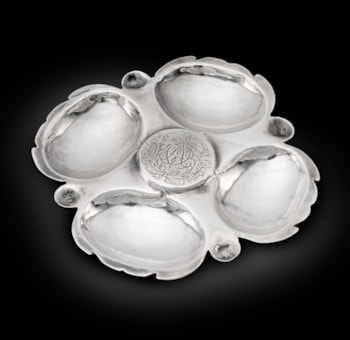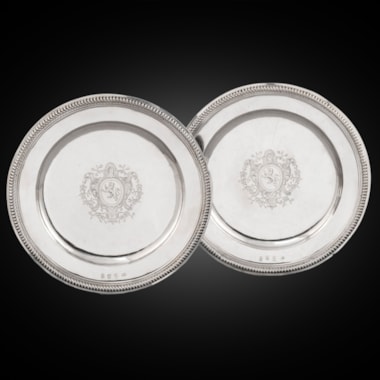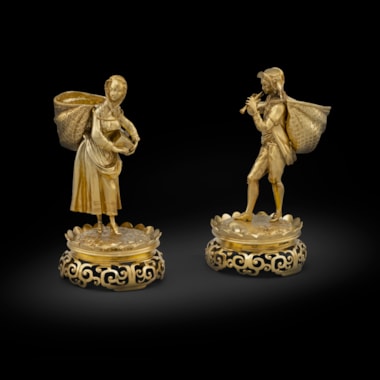
Portrait of Richard Meade, 3rd Earl of Clanwilliam
By Thomas Lawrence
Lord Clanwilliam joined the Diplomatic Service. He attended Lord Castlereagh's suite at the Congress of Vienna in 1814 and was his private secretary from 1817-19 in the latter's capacity as Foreign Secretary. He was one of the first people to see Castlereagh's widow after his suicide: she embraced him warmly, saying that Castlereagh had loved him. It was he who was largely responsible for the decision to give Lord Castlereagh an official funeral in Westminster Abbey, for which he was criticised by those who believed that Castlereagh's own wish was for a private family funeral. He was one of many witnesses who later testified to Castlereagh's increasingly strange mental condition in the days before his suicide.
He became Under-Secretary of State for Foreign Affairs in 1822 and afterwards Envoy to Berlin from 1823 to 1827. In 1828, he was created Baron Clanwilliam, of Clanwilliam in the County of Tipperary, in the Peerage of the United Kingdom.
In 1847 he was awarded the honorary position of Captain of Deal Castle, which he held until his death.
Lord Clanwilliam married Lady Elizabeth Herbert, daughter of George Herbert, 11th Earl of Pembroke, on 5 July 1830. He died in 1879 and was succeeded by his eldest son, Richard. His second son, Sir Robert Henry Meade, later achieved distinction as Permanent Under-Secretary of the Colonial Office.
Hunt & Roskell, a firm of manufacturing and retail jewellers and silversmiths, was founded by Paul Storr in 1819, trading as Storr & Co. (1819-22), Storr & Mortimer (1822-38), Mortimer & Hunt (1838-43) and then Hunt & Roskell (1843-97). Hunt & Roskell had retail premises at 156 New Bond Street and a manufactory at 26 Harrison Street, near Clerkenwell. John Samuel Hunt, who had assisted Storr from the start, continued as a partner until his death in 1865, when he was succeeded by his son, John Hunt (d.1879). Robert Roskell, formerly a watchmaker and merchant of Liverpool, joined in 1844 and remained in the firm until his death in 1888. In 1889 the firm was taken over by J.W. Benson and continued in business as Hunt & Roskell Ltd until c.1965. Trade card in Heal Collection (Heal,67.383) advertises "Hunt & Roskell, Late Storr & Mortimer, Jewellers, Goldsmiths & Silversmiths to The Queen, The Emperor of the French, &c. &c. &c..." Heal's annotations on mount: "Britten's 'Clock & Watchmakers' gives: - Storr & Mortimer, 13, New Bond St. 1830-42. 1826-7 L. Directory gives: - Paul Storr, silversmith, 13, New Bond St. 1827 L. Directory gives: - Storr & Mortimer, gold & silversmiths, 13 New Bond St. 1832 L. Directory gives: - Storr & Mortimer, jewellers, 13 New Bond St. 1838 L. Directory gives: - Storr & Mortimer, silversmiths, 13 New Bond St. 1839 L. Directory gives: - Storr & Mortimer, silversmiths, manufactory, 13 Harrison St. 136 New Bond Street and manufactory, 26 Harrison Street, Gray's Inn Road."
You May Also Like






